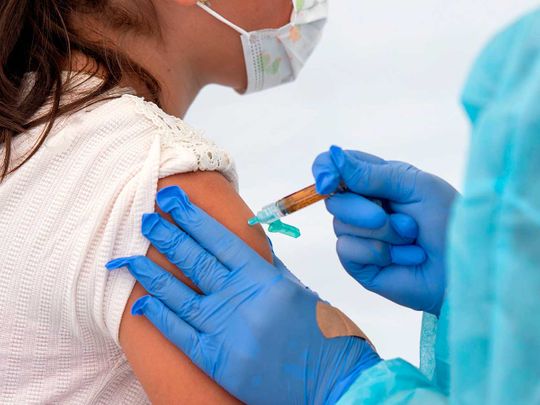
Washington: The United States has now recorded 25 million coronavirus cases, reaching the threshold Saturday afternoon, according to a New York Times database.
Experts say that as staggering as that figure is, it significantly understates the true number of people in the country who have been infected and the scope of the nation’s failure to contain the spread of the virus.
The official tally works out to about one in every 13 people in the country, or about 7.6 per cent of the population.
“Twenty-five million cases is an incredible scale of tragedy,” said Caitlin Rivers, a researcher at the Johns Hopkins Bloomberg School of Public Health, who called the coronavirus pandemic one of the worst public health crises in history.
As a result, deaths in the country have also inexorably risen, with more than 414,000 linked to the virus. That’s one death out of roughly every 800 people in the country.
Starting with the first reported case in the country last January, it took the United States more than nine months to reach 10 million cases. That milestone was passed on November 8, just before a holiday surge that accelerated the rate of new infections and brought weeks of record-shattering hospitalisations and deaths. By the last day of 2020, the country had added another 10 million cases in just seven weeks.
Getting to 25 million took about three more weeks, after a surge that peaked at more than 300,000 recorded daily cases before retreating a bit in early January. Hospitalisations peaked around then and have since fallen: the latest figure of 116,264 COVID-19 patients is the lowest since Dec. 21, according to the COVID Tracking Project.
Ira Longini, a professor of biostatistics at the University of Florida, estimates that about 20 per cent of Americans have had the virus - more than twice the number that is reported. Statistical modelling that he recently completed for Florida suggests that one-third of the state’s population has been infected at some point, quadruple the reported share.
It would take a coordinated nationwide serology study programme to move beyond modelling estimates and have a solid grasp of how many people have actually had the virus, he said. The CDC conducts some serology testing, he said, but not enough to provide a full picture.
“The bottom line is, we don’t know, but we can guess from modelling,” Longini said.








